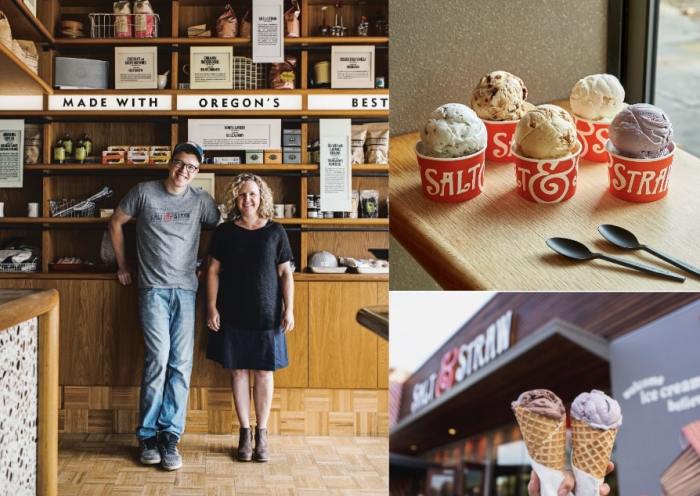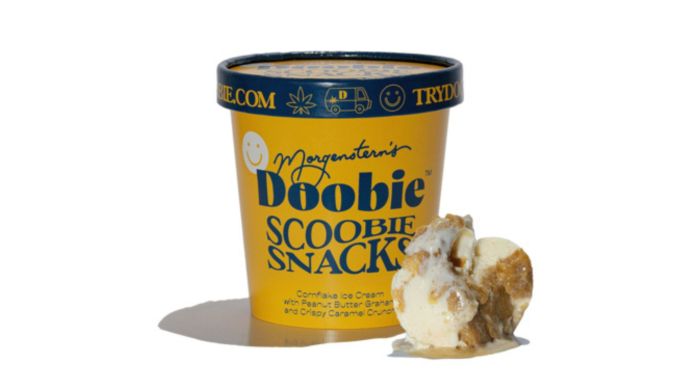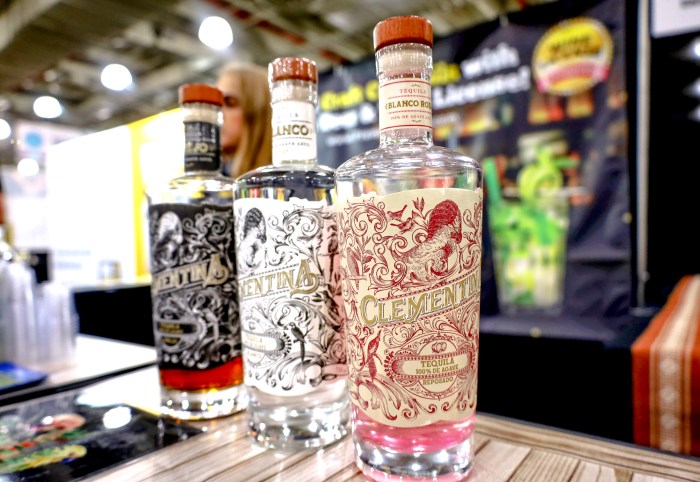Seamus Mullen is as synonymous with healthy living as he is with Spanish cuisine. When not in the kitchens of his Manhattan spots Tertulia and El Comado, the chef can be found doing acroyoga in parks and biking all over the globe.
Not that long ago, Mullen could barely tie his own shoelaces because his fingers were so swollen from rheumatoid arthritis. After being diagnosed with the chronic inflammatory disorder in 2007, he tried medications and retooling his diet to help manage the disease (leading in 2012 to his first cookbook, “Hero Food”). But a trip to the hospital five years ago for a severe fever was the wake-up call that really changed his life.
“Real Food Heals” ($35, out Aug. 22) is an account of that journey, from getting back in shape to once again retooling his diet, alongside more than 100 nutritious recipes.
amNewYork spoke with Mullen, 43, about his book.
You have written a couple cookbooks before, but this one seems really personal.
The book is called “Real Food Heals” — it’s in many ways the blueprint for replicating the experience I had using food as a tool for reclaiming my own health. I went from being really, really sick with a chronic autoimmune disease to turning that around and reclaiming my health and losing 70 pounds, getting back in shape and, most important, reversing all the biomarkers for rheumatoid arthritis and two other autoimmune diseases I was diagnosed with. Food is not the only element I used to change my health. But food is the most important choice that we make — that is where we can make a tremendous impact on our wellbeing.
What were some of the immediate changes you made around food?
The broad strokes are not anything that’s going to be too surprising — taking refined sugar out, taking all highly processed foods out. And then as I got more dialed into it, initially it was taking grains that have gluten out — gluten is only one of the inflammatory proteins — it was also about reducing the inflammatory proteins. And, of course, reducing refined carbohydrates. Dairy is something that I took out of my diet for a long time, and I started to add it back in small, sensible amounts. Increasing healthy fats was a really important one — making sure I’m eating plenty of eggs, avocado, coconut, and plenty of wild seafood and some pastured meats. And it was recalibrating the landscape of the plate — instead of looking at meals as a protein being the principal element of the plate, and then some supplementary elements in vegetables and starches, it was mixing that up to where the protein may be secondary or tertiary to the vegetables on the plate.
Where did you look for guidance? You mention the doctor Frank Lipton?
Frank showed me a new way of thinking about health — he put the onus on me. His approach was, it’s only going to work if you do it. The real work happens with all the choices you make the moment you step out of the doctor’s office. For a long time I felt like, I went to the doctor’s office, they gave me these meds, and now I’ve done my part. I didn’t really realize that’s the absolute minimum you can do to be responsible for your health. Some of those choices are big choices, and some of those choices are small choices. They all add up.
From your experience, how can you make a change before it gets to a dramatic point, where you’re in the hospital?
We all know an ounce of prevention is worth a pound of medicine. It’s much easier to prepare to not get sick than it is to recover from getting sick. When you make the right choices about the foods that you eat, it impacts every aspect of your life. Anyone dialing in and fine-tuning their diet will eventually see benefits. I’ve seen this working with pro athletes. I’ve seen it with people who are suffering from inflammatory diseases like MS — they have seen a dramatic increase in their quality of life. Whether you’re struggling with an autoimmune disease, or just want to be a better distance runner, there’s no question that dialing in, cleaning up and really focusing on your relationship with food is going to improve your situation.
How did you approach the recipes in the cookbook?
The most important element is that every dish has got to be delicious. Because if it’s not, then what’s the point? I love greens — I love kale, mustard greens and collard greens and chard and all those things. But the reality is, on their own, none of them really taste great. And they all have this incredibly intense bitterness to them. On their own, to be honest, they kind of taste like crap. But if you handle them well — that could be doing something as simple as sauté-ing them in olive oil with some chili flakes and lemon juice and fresh herbs and adding a bit of vinegar or spice — there’s so much you can do to accentuate the elements. Greens are pretty monochromatic in flavor and in color. If you can play with it and balance that monochromatic element with something that gives it a spice or acidity or punch, they can be really delicious. I just went to a restaurant for lunch and had the most uninteresting bowl of greens — I was eating them because I had to eat them, not because I wanted to. To me, that was such a waste. We only have so many meals on our lives — every meal should be a delicious meal. These are chef-driven recipes. I’ve been a chef for 20 years. My job is making food that tastes really, really good. Along the way I’ve learned that in addition to doing that, I can make food that not only tastes really, really good, but is doing the right things for our bodies. And that’s kind of first and foremost.
Are there any riffs on dishes from your restaurants in the cookbook?
There’s a lot of salads that we have run on the menu at Tertulia over the years that appear here. But this is a big departure from Spanish food. This is really more focused on how I cook at home. You might find Asian elements, you might find Greek elements, North African elements, Spanish elements, and Japanese elements all in the way I cook at home. To me it’s really just about what would make this taste absolutely the best. For instance, I do smoked pork chops — they feel very American in a way, but they’re served with pickled broccoli stems and lots of herbs and gochujang, a Korean chili. There’s a lot of plays like that — I’ll bring together different culinary styles and traditions just because it tastes really good.
What ingredients should you have at the ready if you’re going through the cookbook?
I think things to have in your pantry that are great are good coconut oil, good olive oil, high-quality anchovies, a really good mustard, spices — things like coriander seeds I like a lot, peppercorn, ginger, turmeric. I use a lot of fresh herbs — cilantro, basil and mint. I’ll use a lot of seaweed and nori in different ways. I do a lot of wraps with nori — takes on like a Japanese sushi hand roll, but instead of it being sushi it might have a soft-boiled egg and avocado and kimchi in it. Those are things I have around the kitchen. I know you’re an avid biker — are you training for anything now?
I have a stage race in Vermont in September. And then I’m leading a culinary cycling tour across Italy in October. It’s a week in October during truffle season. It’s going to be incredible.
Six years ago, did you think you’d be doing that?
No, I had no idea. I used to be barely able to get out of bed. I couldn’t button my shirt, I literally wore clogs because I couldn’t tie my laces. And I only wore shirts with snaps. I couldn’t button shirts, my hands were so swollen. I thought I was going to be like that forever. It’s been incredible getting my life back.

















